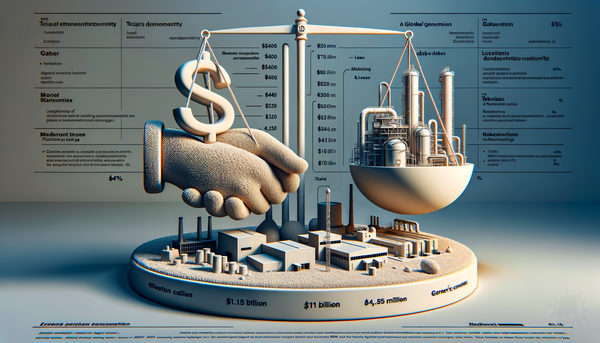China Factory Activity Contracts in May, Surprising Economists

China's manufacturing sector experienced a contraction in May, with the official Manufacturing Purchasing Managers' Index (PMI) falling to 49.5 from 50.4 in April, below the 50.5 forecasted by economists. This marks a shift after two months of expansion and signals weakening factory activity. The contraction in new orders (49.6) and new export orders (48.3) contributed significantly to this decline. However, production remained in expansion for the third consecutive month, while employment continued to contract for the 15th month in a row. Raw material purchase prices also hit an eight-month high, potentially leading to inflationary pressures.
The decline in manufacturing activity coincides with increasing tensions between China and its major trade partners, the United States and the European Union, over accusations of excess capacity in Chinese industries fueled by state subsidies. These geopolitical issues could further restrict sales of key products such as electric vehicles. In addition to manufacturing, the non-manufacturing PMI, which includes the construction and services sectors, also declined to 51.1 from 51.2, although it remained in expansion territory.
The economic slowdown has had broader impacts, including on the Australian Dollar, which has been negatively affected due to its economic ties with China. The Reserve Bank of Australia and market sentiment are closely watching these developments, given the influence of Chinese demand on Australian exports like iron ore. Additionally, the International Monetary Fund has adjusted its growth forecast for China, highlighting the property sector as a continuing risk to the country's economic stability.




